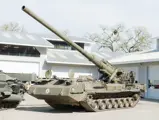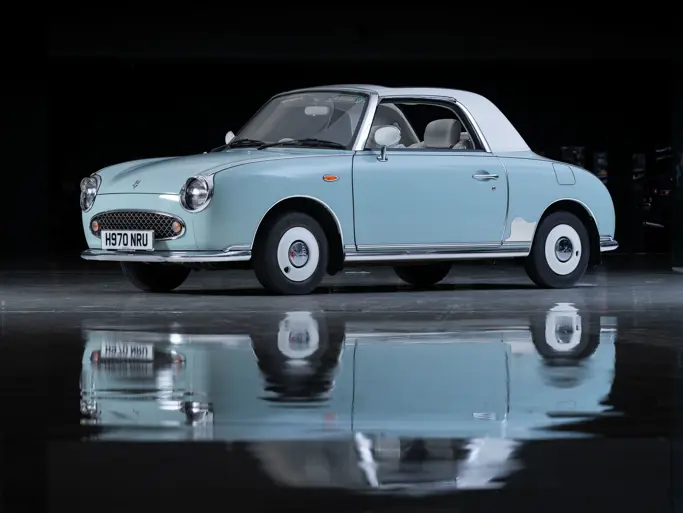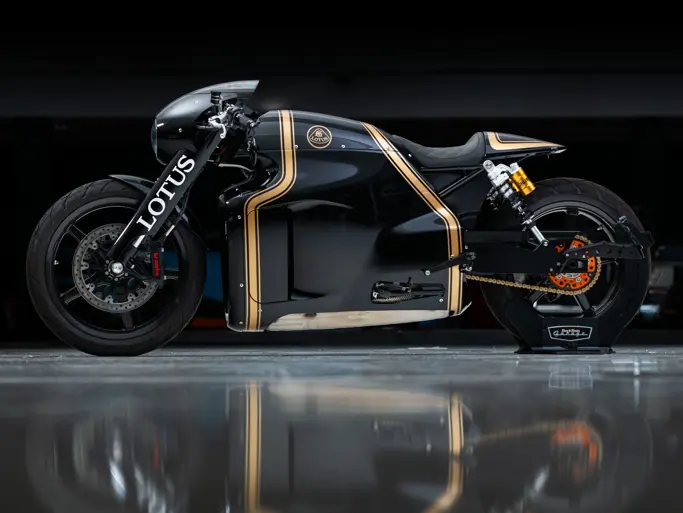The Littlefield Collection
2S7 203-mm Self-Propelled Gun "Pion"
{{lr.item.text}}
$92,000 USD | Sold
 | Portola Valley, California
| Portola Valley, California
{{internetCurrentBid}}
{{internetTimeLeft}}

Weight: 50.7-tons (46,000-kg)
Length: 43' 3” (13.20-m)
Width: 11' 1” (3.38-m)
Height: 9' 10” (3.00-m)
Crew: 7
Armor:
Armored against small arms and shrapnel
Weapons:
-Primary
8” (203-mm) 2A44 gun
-Anti-Aircraft
1 x 0.50” (12.7-mm) NSVT machine gun
9K32 Strela-2 (SA-7 Grail) anti-aircraft missiles
-Ammunition
4 x 203-mm
300 x 12.7-mm
Engine: 12-cyl. B-46 diesel 780-hp
Power/weight: 15.38-hp/ton
Fuel Capacity:
Range: 400-miles (650-km)
Speed: 31-mph (50-km/h)
The vehicle being offered, 2S7 “Pion” 203-mm Self-Propelled Gun, is in original and unrestored condition. It was originally manufactured in the USSR and was one of 12 sold to Czechoslovakia. It was withdrawn from active service in 1990 with the break up of the Warsaw Pact. This vehicle is in its original paint. The paint is in need of cosmetic restoration, but is in otherwise good shape. It starts, runs and drives well using fuel from its own fuel tanks. The tracks and roadwheels are in very good condition. The 203-mm cannon elevates and depresses smoothly using the elevation handwheel at the rear of the gun mount. Three spare track links are mounted on the roof of the vehicle's superstructure. The interior paint of the driver's cabin is in very good shape. All driver's instruments are present along with the driver's controls. All cabin glass and periscopes are in good condition and completely serviceable. The front three seats are in very good condition. A radio is mounted in the right side of the driver's cabin. It is not know if it is operational. The rear crew compartment is in good condition. All seats are serviceable. Mr. Littlefield drove this vehicle for the National Geographic Channel's “Tycoon Toys-Tanks” which was first shown in December 2004. This vehicle runs and drives well, but will require some tune up.
The design of the 2S7 started in the early 1970s as the reaction to the success that the Israelis were having using their American made 175-mm M107s in the counter battery fire versus the Egyptian forces in the fight over the Suez Canal. The objective was to build a gun that would be able to outrange the enemy artillery and engage them with both conventional, as well as the nuclear and chemical rounds. To that end the 203-mm caliber was chosen, as that was the smallest size that the Soviet nuclear artillery rounds could be built. The chassis for the gun was made using both T-72 and T-80 components. T-72 donated the engine, while the suspension came from the T-80. The chassis was lightly armored to resist the shrapnel and small arms fire.
The main feature of the vehicle was, of course, the gun – it had a range of 23.3-miles (37.5-km) with the regular HE round, while the nuclear round had a maximum range of 18.6-miles (30-km) and a minimum of 11.2-miles (18-km). The RAP round could go all the way to 34.2-miles (55-km). The rate of fire was 1.5-round per minute, improved to 2.5-rounds per minute on the 257M.
2S7 had its advantages and disadvantages. The advantages were long range, that until recently made it impervious to counter battery fire, high speed and good cross country mobility, that allowed it to keep up with armored columns and ability to deploy and leave the firing position in short order. At the same time the disadvantages were very high cost and large size, absence of the turret and limited traverse, as well as low rate of fire. The advent of the various MLRS’ has taken over the tactical niche of these guns and they are considered obsolete.
2S7 was designated for a large scale nuclear war and hence was not widely exported; the only two countries that purchased it were Poland and Czechoslovakia, both of which have since retired them. After the fall of the USSR various former member states acquired the guns from the military units that were located on their territory during the breakup. Many of these are still in use. These guns were used in the Afghan War and Chechnya by the USSR and Russia, as well as Russo-Georgian war by Georgia.
Transport Cost to Storage: $5,412





